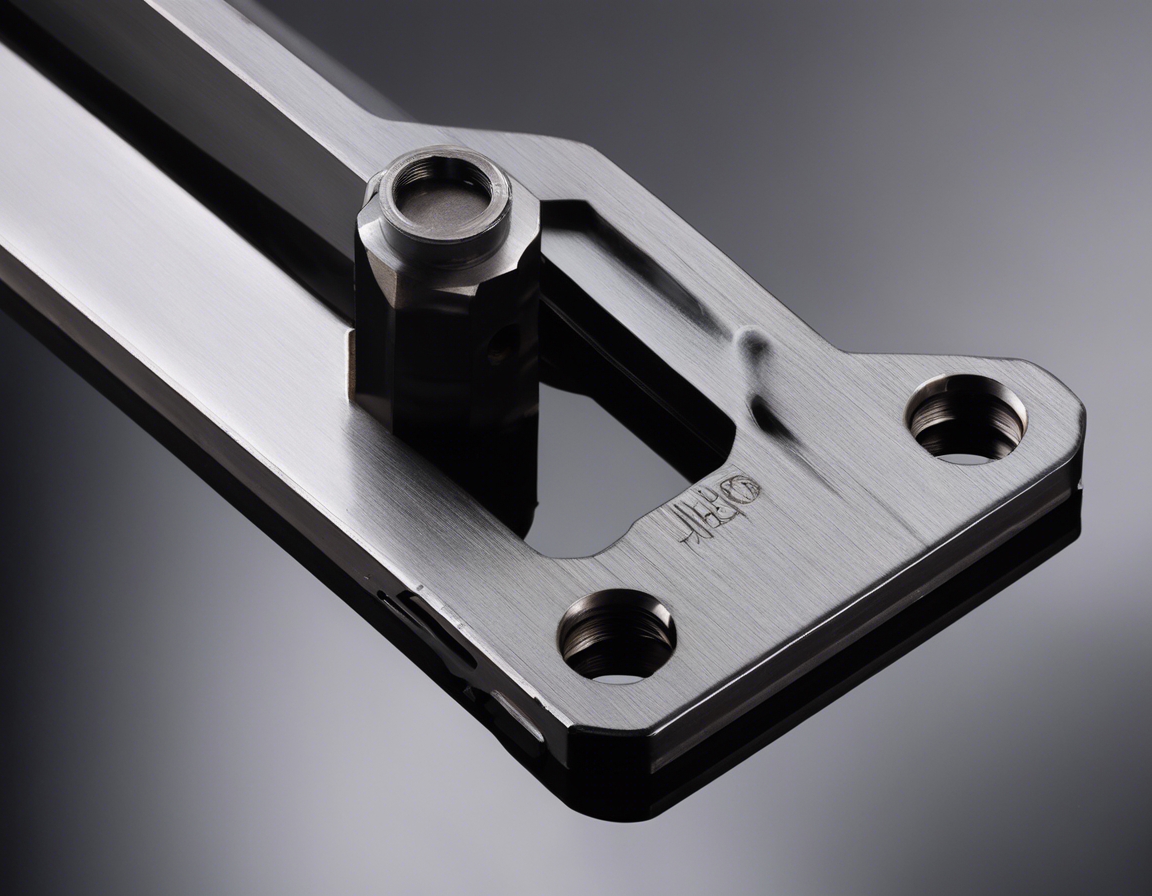Understanding your car's diagnostic codes
Diagnostic codes, also known as trouble codes or error codes, are alphanumeric codes generated by a vehicle's onboard diagnostics system (OBD). These codes are triggered when the system detects a malfunction or irregularity in the vehicle's operation. The OBD system monitors various vehicle sensors and components to ensure everything is functioning correctly.
Diagnostic codes are crucial for maintaining vehicle health and performance. They provide a starting point for diagnosing issues within the vehicle, potentially preventing more severe problems down the line. By understanding these codes, car owners and technicians can address issues promptly and accurately.
Types of Diagnostic Codes
The OBD-I system was the first generation of diagnostic systems, with codes that were often specific to each car manufacturer. The OBD-II system, introduced in the mid-1990s, is a standardized system used in all cars sold in the United States since 1996. OBD-II codes provide a uniform diagnostic process across different vehicle makes and models.
OBD-II diagnostic codes consist of a letter followed by four numbers. The letter indicates the system related to the fault (e.g., P for Powertrain, C for Chassis), while the numbers provide specific information about the malfunction.
Common Diagnostic Trouble Codes (DTCs)
Powertrain codes relate to the engine, transmission, and associated systems. They are the most common codes encountered and can indicate issues ranging from a misfiring engine to transmission problems.
Chassis codes are related to functions outside the engine and transmission, such as braking, steering, and suspension systems.
Body codes pertain to components such as power seats, airbags, and other features found within the vehicle's cabin.
Network communication codes indicate problems with the vehicle's communication systems, such as the wiring and data networks that connect different vehicle modules.
Interpreting Diagnostic Codes
To interpret diagnostic codes, a code reader or scan tool is connected to the vehicle's OBD port. These tools can retrieve the codes and often provide a basic description of the fault.
While code readers can provide the codes, understanding what they mean is crucial for proper diagnosis and repair. This often requires additional research or consultation with a professional technician.
When to Seek Professional Help
Some diagnostic codes may indicate complex issues that require advanced diagnostic tools and expertise. In such cases, it's essential to seek help from a professional mechanic or repair service.
Professional diagnostics go beyond code reading, involving a thorough examination of the vehicle's systems and components to accurately identify and fix the underlying issues.






Comments (0)